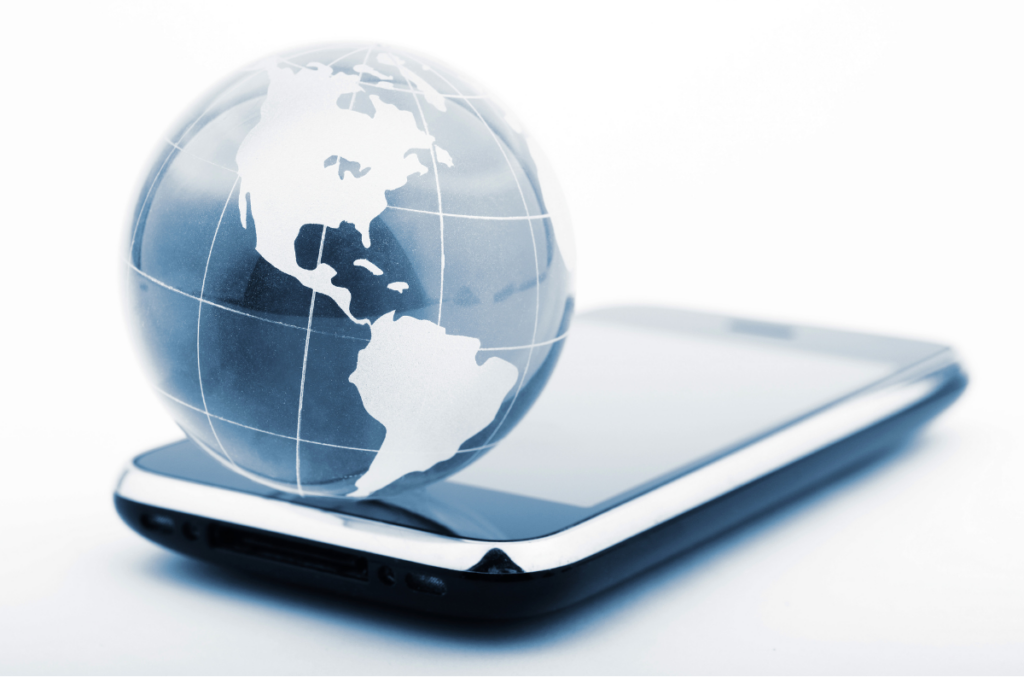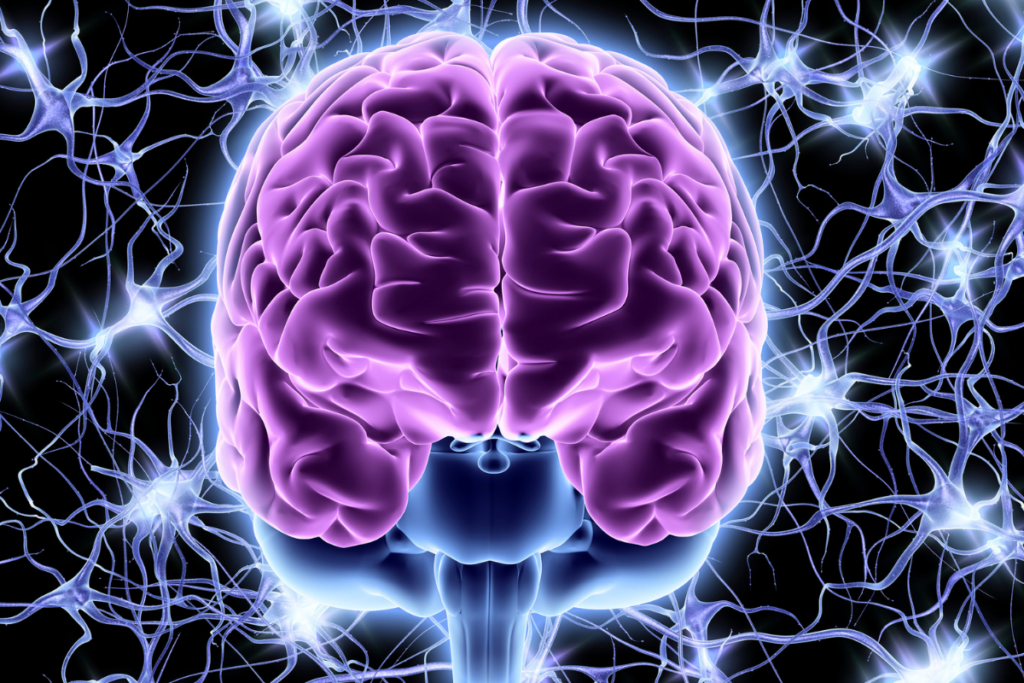
How many articles about AI have you read? Too many? Despite all the information, are you still a little confused about where this adventure is going?
Let me begin with a disclaimer. Generative AI is not a gift that lends itself to neat packaging. The beauty of this technology is its limitless potential. Exploring those possibilities can take you on a trip down a deep and twisty rabbit hole.
For those who embrace KISS and want messy AI made more tame and tractable, I’ll offer my podcast conversation with David Reid.
David and I have been colleagues and IT enthusiasts since early in our careers. David, who is the owner of Strategic Consulting, has a gift for distilling complexity into digestible soundbites. I can’t think of anyone better to pick out what is pertinent for association professionals at this moment in time. “Moment” means exactly that. The AI landscape is changing so rapidly that what is significant today might be irrelevant in six months.
The Bottom-Line
Given that challenge, we focused on basic concepts rather than the more swiftly changing tactics. We launched our discussion with a bottom-line question. What should every CEO know about generative AI?
“The first thing is that AI isn’t on the way. It has arrived,” David said. “If you want to survive, you need to understand and leverage the new tools. Why? Because your competition has already jumped on the bandwagon.
“Absolutely no other technology has made such a tremendous impact on business or society so quickly,” David noted.
Consider this shrinking timeline. Benjamin Franklin’s experiment with lightning, a key, and the kite occurred sometime in the mid-1700s. It took another 127 years for Thomas Edison to perfect the incandescent light bulb. ENIAC, the first digital computer, was launched in 1945. Thirty years later Stephen Wozniak designed Apple 1.

Fast forward just 40 years, the world has a smartphone in its pocket and a PC sits on every work desk. ChatGPT was launched to the public on November 30, 2022. As I write, most of my readers are currently using this technology either for personal projects or in the office.
“Don’t stand on the tarmac ogling the launchpad. It’s liftoff.” David cautions. “This rocket is moving at warp speed. You don’t have a lot of time to wait and see where it’s going.
“Once you’ve signed on for the voyage, know that every AI from ChatGPT to DALL-E has a different personality and skill set. It’s important to understand the cast of characters and match your needs to the focus and foibles of each.
“Like any new hire, you should have an idea of how this addition to the team will work. You don’t need to understand code, but you should be familiar with the view from 50,000 feet. What are AI’s strengths? Where will it be challenged?
Mini Code, Multiple Connections
“There is a tendency to think of large language models as massive programs,” David said. “The software itself is relatively small. For example, ChatGPT has only about 175,000 lines of code. Most of those instructions are dedicated to understanding what you type and translating it into a format the system can process.
“Training is the magic that transforms LLMs from a blank slate into a bot, or a machine with a ‘personality.’ In training the AI is exposed to vast amounts of text, datasets, and other types of information from the internet. Like a child, with each success or failure, the model gains competence. Through exposure and feedback, it builds a deeper understanding of language.
“AI creates context in much the same way as a human brain establishes meaning. Billions, and sometimes trillions of words, bits of words, or even characters are stored in its neural net. The LLM’s task is to understand the complex association between each of these linguistic guideposts and deliver the most likely response to a piece of text. A big part of the learning process is establishing connections,” David notes. “For example, the smell of chocolate chip cookies baking might cause you to remember a recipe, family holidays, or some other scene from childhood. And those thoughts are linked together with that particular aroma.

“You can purchase this skill on a variety of levels from a chatbot for your website to a virtual assistant or a data analytics application. The big guns that are getting all the press are currently power-hungry and prohibitively expensive. But you don’t need to worry about owning or maintaining them because you can lease time on their brains.”
What Can the Bots Do for You?
As David advised, what AI can do for you depends on what type of AI you choose. A better question might be to ask what it can’t accomplish. Current uses range from member intelligence and hyper-personalization, transcription, notetaking, reporting and analytics, creating images, generating ideas, forecasting, and other strategic activities.
Although LLMs like ChatGPT and Gemini are still in their infancy, they are giants of content creation, capable of semantic gymnastics that range from writing an outline, an abstract or an article to simply finding the perfect word.
Most leaders understand AI’s tremendous potential to support operations and to make work exponentially easier. The big question is not so much how you will use AI, but how you will control its use to protect your members and your organization.
David Martin and I recently presented together on AI. David, who is CEO and Executive Vice President at the Society of Critical Care Medicine, was describing how that group is experimenting with and using AI. Many of the association professionals in the audience reported that their organizations are currently restricting its use. So, I was interested in hearing David Reid’s thoughts on the topic.
A Chisel, not a Sculptor
“There is a difference between using AI as a tool and using it as a substitute for creativity,” David said. “AI is a chisel, but it’s not a sculptor. It lacks essential creative skills like imagination, emotion, and human experience. Would I use it to write a medical paper? Of course not. But, if I uploaded my paper and asked it to prepare an abstract, it could easily complete that task. However, a human editor would be needed to check its work.
“At this point, AI is here to help people but not to replace them. There are issues of accuracy. Some of the LLMs are worse than others. They will fabricate answers to questions. If data in their training is inaccurate, the response to your question may also be incorrect. Or the AI may string together faulty connections with results that are sometimes humorous but, in careless hands, a potential liability.
“Anything that the machine helps you produce must be viewed through the lens of accuracy, completeness, and ethics. Ethics and legal issues should be of special consideration. Does the response you received contain stereotyping, bigotry, misogyny, or racism? There are a host of legal and HR issues that you must anticipate. Don’t put the AI in charge. It’s not ready for that job.”
A Limited World View
“We imagine that the bot has an accurate image of society. But its worldview is primarily based on the internet, and that is a highly distorted perspective, heavily populated by marketing and the selfie world of social media. The bot can only reflect the limitations of its training material.
“As I mentioned earlier,” David said. “Right now, AI is like a child. It’s up to the developers and those of us who consume the product to be the parents. We need to raise it to be a Boy Scout instead of a scary version of Damien Omen Three.
“AI offers the amazing opportunity to solve not only the problems we know about, but unforeseen challenges. It has an astonishing ability to analyze and predict the future. Used wisely, it can help us steer the course in a prosperous and successful way. It can make humanity better.
“As much as AI is a boon, it is also a disruptor. We can’t be shy about addressing those issues. The world is on the threshold of significant change. We need to embrace that challenge and find ways to soften the blow for people who will be impacted.”
Values Can Be a Guide
“We are challenged to select leaders within our organizations and our government who understand this technology well enough to regulate it and formulate new standards. We’re trying to manage the future with laws and regulations that were created over 200 years ago. And it’s not going to serve us well. The bottle is open. The genies who can grant our wishes are free, and they refuse to be locked up again. We must be careful that our desires are the product of our best selves and make the world a better place.”
I say amen to that. Although it’s not an easy assignment, I have faith in the association community. Our history can’t be a guide for future behavior, but it is a template for enduring values. We can channel these new superpowers to deepen our commitment to service and to support wise decision-making and insightful problem-solving. With positive intention and ethical management, AI can be a guide through a time where the only certainty is the rule of the uncertain.


